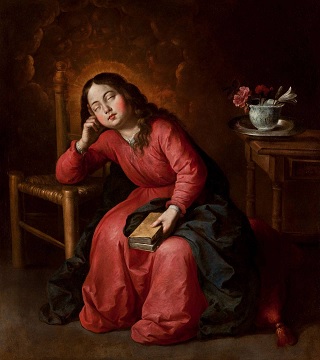 I’m working on a follow-up to “Have To” History: Landmark Supreme Court Cases which focuses on cases related to church-state issues in education. Unlike this blog, the book is intended to be a relatively neutral resource, focused on breaking down cases into plain, simple English with a little historical context and references to related cases rather than a parade of snark and hyperbole designed to throw blue meat to the liberal masses.
I’m working on a follow-up to “Have To” History: Landmark Supreme Court Cases which focuses on cases related to church-state issues in education. Unlike this blog, the book is intended to be a relatively neutral resource, focused on breaking down cases into plain, simple English with a little historical context and references to related cases rather than a parade of snark and hyperbole designed to throw blue meat to the liberal masses.
I mean, I’m keeping a pithy comment here and there just to give it some color, but I’m hoping for something damn near professional by the time it’s done. As I get to cases decided in this century, however, things get increasingly poignant and at times potentially pungent. Many of the justices writing these opinions are still on the bench, and it becomes increasingly difficult to frame the issues as foundational for current jurisprudence – because they ARE current jurisprudence.
This particular case involves the hiring and firing of private school teachers in religious schools. What I’m currently wrestling with is an apparent contradiction between how the Court treats private religious schools when it comes to school choice (“hey, these are just schools doing school things for valid school reasons like any other schools, except they happen to have a religious point of view… give them all the tax money or it’s religious discrimination”) and how it treats the same religious schools when they’re firing teachers for being old or getting sick (“hey, these are religious institutions whose whole function is spreading their faith… you can’t hold them accountable for anything they do or else it’s religious discrimination”). Now, let me be clear – I realize it’s certainly not that simple. The devil is in the–
Actually, that’s probably not an appropriate idiom with this specific topic. Sorry about that.
The point is, despite what my Twitter feed and periodic ranting might suggest, I doubt it’s as black and white as my summary above. What I’m not yet certain of is exactly how not black and white it is. That will require a little more reading of people smarter than me and – realistically – some waiting to see what the courts do going forward. What is clear is that relgious schools occupy something of a paradoxical zone in which they’re being granted increasing benefits at the expense of public education while being held to fewer standards or expectations. They’re benefitting from both the “valid, secular” function they claim to serve and from their religious status and mission, which is generally proclaimed as their top priority. Those two things needn’t always be in conflict, but let’s be honest – in the 21st century, they very often are.
In any case, let’s get to it. Here’s my current draft of “Worth A Look: Hosanna-Tabor Evangelical Lutheran Church and School v. Equal Employment Opportunity Commission (2012).” Could there be a catchier title?
Perich’s job duties reflected a role in conveying the Church’s message and carrying out its mission. Hosanna-Tabor expressly charged her with “lead[ing] others toward Christian maturity” and “teach[ing] faithfully the Word of God, the Sacred Scriptures, in its truth and purity and as set forth in all the symbolical books of the Evangelical Lutheran Church.” In fulfilling these responsibilities, Perich taught her students religion four days a week, and led them in prayer three times a day. Once a week, she took her students to a school-wide chapel service, and—about twice a year—she took her turn leading it, choosing the liturgy, selecting the hymns, and delivering a short message based on verses from the Bible. During her last year of teaching, Perich also led her fourth graders in a brief devotional exercise each morning. As a source of religious instruction, Perich performed an important role in transmitting the Lutheran faith to the next generation.
In light of these considerations—the formal title given Perich by the Church, the substance reflected in that title, her own use of that title, and the important religious functions she performed for the Church—we conclude that Perich was a minister covered by the ministerial exception…
It is true that her religious duties consumed only 45 minutes of each workday, and that the rest of her day was devoted to teaching secular subjects… The heads of congregations themselves often have a mix of duties, including secular ones such as helping to manage the congregation’s finances, supervising purely secular personnel, and overseeing the upkeep of facilities…
Because Perich was a minister within the meaning of the exception, the First Amendment requires dismissal of this employment discrimination suit against her religious employer…
The interest of society in the enforcement of employment discrimination statutes is undoubtedly important. But so too is the interest of religious groups in choosing who will preach their beliefs, teach their faith, and carry out their mission… [T]he First Amendment has struck the balance for us. The church must be free to choose those who will guide it on its way.
(from the Court’s Majority Opinion, by Chief Justice John Roberts)
Cheryl Perich was a teacher at Hosanna-Tabor Evangelical Lutheran Church and School. Hosanna-Tabor classified its teachers as either “called” or “lay” instructors, preferring those “called” but accepting “lay” when necessary to fill positions with qualified candidates. Perich began as a “lay” instructor, but was asked to consider becoming “called,” which she did. The process required several theology courses, extra religious training, and approval by the larger church body. Her daily duties didn’t noticeably change, but she was at that point considered a “commissioned minister” of the church.
Perich was diagnosed with narcolepsy and missed part of the 2004-2005 school year. After extended sick leave and approval from her doctor, she notified Hosanna-Tabor that she was ready to return in February. By that time, the school had hired a long-term sub and suggested maybe she wasn’t as ready as she thought. They offered to pay part of her ongoing health insurance premiums if she’d retire without making a fuss, and her principal hinted she was probably going to be fired anyway so why not take the deal – and her narcolepsy – and make things easy for everyone, K?
She didn’t.
Perich informed Hosanna-Tabor that she’d spoken to an attorney and that according to the Equal Employment Opportunity Commission and the Americans with Disabilities Act, they couldn’t fire her for having narcolepsy. Hosanna-Tabor replied that shut-up-yes-we-can, and besides, we’re not firing you for having narcolepsy – we’re firing you for talking to a lawyer about us firing you for having narcolepsy. That was, they explained, very hurtful to their working relationship and thus against church policy.
Unlike, for example, firing someone for having narcolepsy.
As the case moved through the court system, the central question wasn’t so much whether Perich had been fired for having narcolepsy or for not wanting to be fired for having narcolepsy. It was instead the question of whether or not she qualified as a “minister” in the eyes of the law. The First Amendment’s religion clauses (“Congress shall make no law respecting an establishment of religion, or prohibiting the free exercise thereof…”) are traditionally understood to prevent government from getting involved in almost any issue related to church leadership or internal decisions regarding ministerial personnel. The history behind the First Amendment is simply too steeped in state control of or interference with official church leadership back in the proverbial day.
If Perich qualified as a “minister,” then Hosanna-Tabor didn’t have to prove they had just cause for terminating her; they merely had to prove that it wasn’t the court’s business what their reasons were – insubordination, violation of church policy, or simply that Jesus doesn’t like narcoleptics, it was a church matter. Period.
The Sixth Circuit Court which heard the case before it was appealed to the Supreme Court focused on Perich’s actual daily duties. Most of her time and energy seemed to be spent on teaching, with only a small portion of each day devoted to, well… devotion. In this sense, her job was very much like most teachers, including the “lay” teachers not labeled “ministers” by the church. The Supreme Court disagreed with this approach, insisting they must instead defer to the church in matters related to ministry – whatever the math might suggest. Perich had accepted a specific pathway to become “called” and taken on the title of “minister.” She filed as a minister on her taxes and spoke as someone commissioned by the church prior to being fired.
If it looks like a minister, walks like a minister, and talks like a minister…
The Supremes ruled for Hosanna-Tabor and tried to keep its decision narrowly tailored to the specific circumstances before it. Eight short years later, in Our Lady of Guadalupe School v. Morrissey-Berru (2020), the Court would cast such subtleties to the waves and rule that pretty much anyone a religious organization wanted to label a “minister” – even teachers in their private schools who had no other ministerial role or title – could be hired, fired, or otherwise handled at the discretion of the church without recourse to legal protections. The specific fallout from this has yet to be seen.
RELATED POST: Worth A Look: Arizona Christian STO v. Winn (2011)
RELATED POST: Board of Education of Kiryas Joel Village School District v. Grumet (1994) – Part One

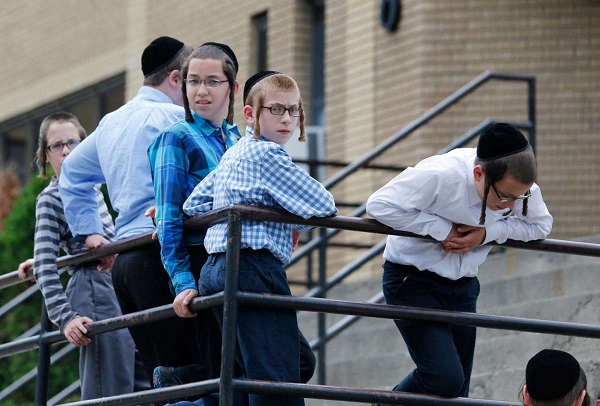

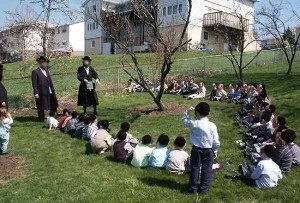
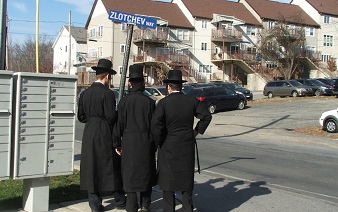
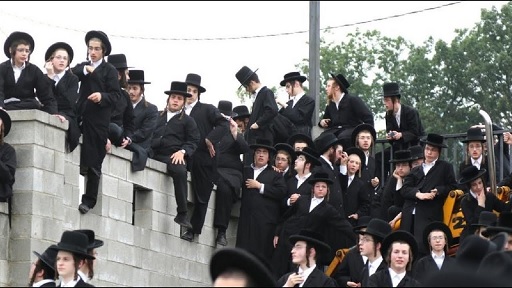
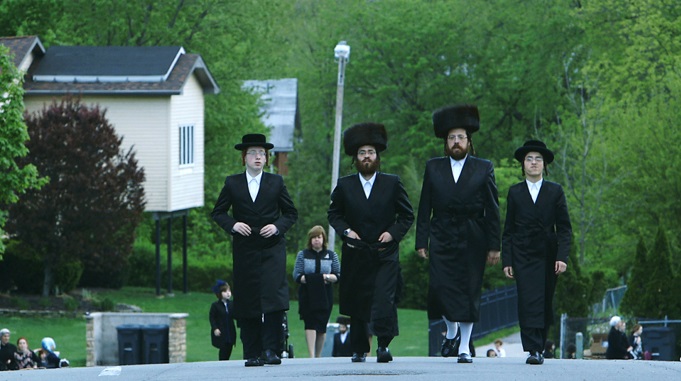
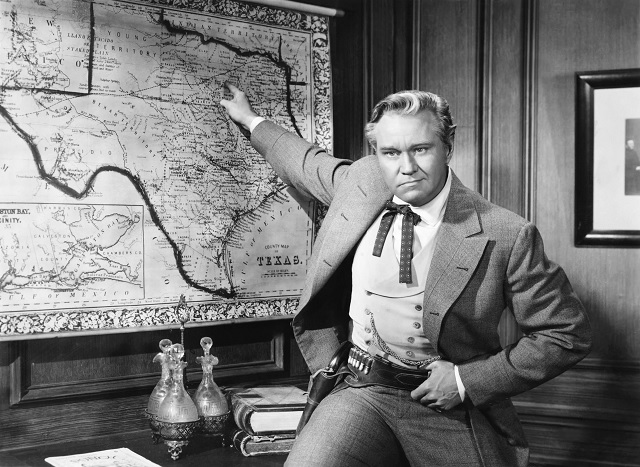 Given the state of the 2020 elections as I post this, I’m probably way too late.
Given the state of the 2020 elections as I post this, I’m probably way too late.

